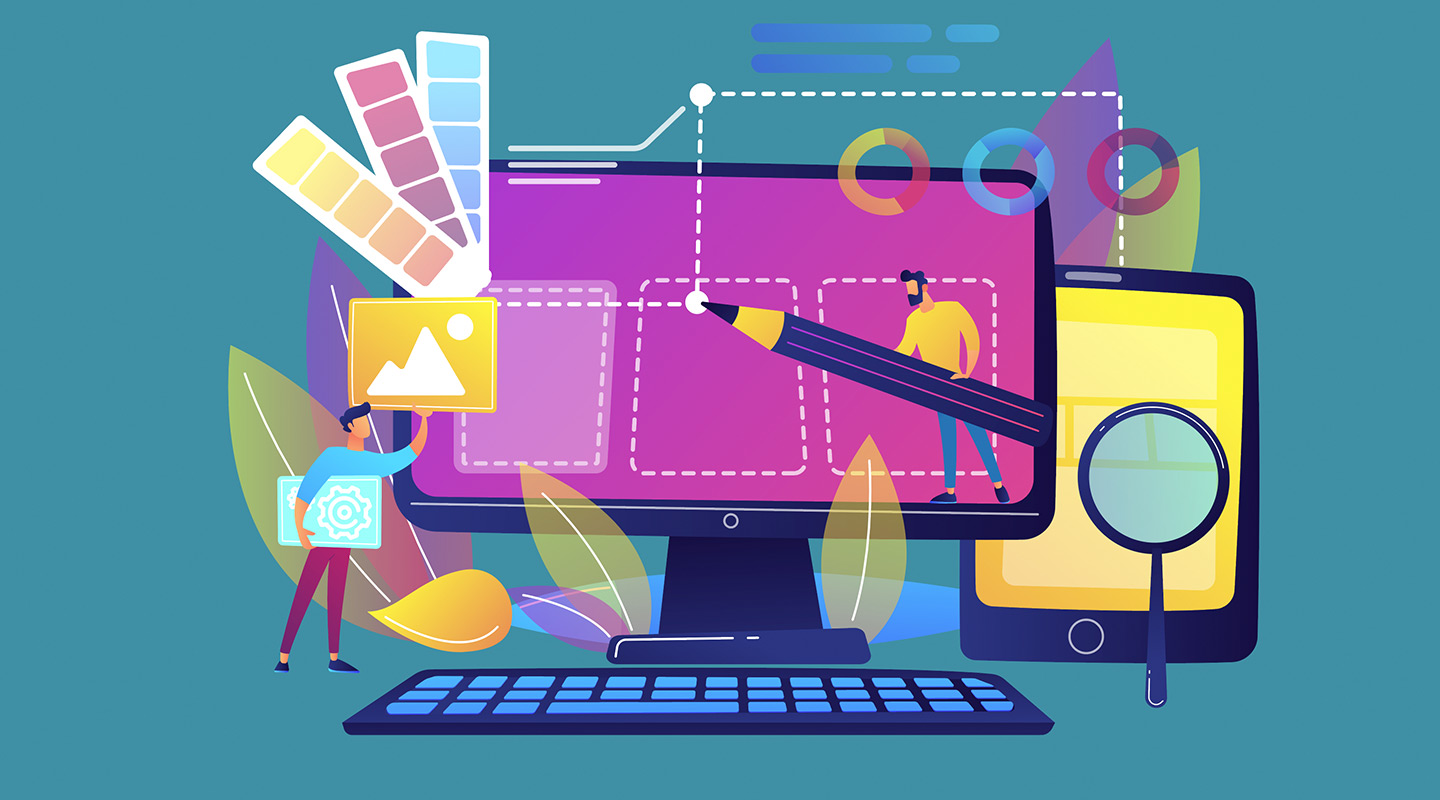The insurance value chain is complex, and the principles governing products, processes, and decisions have complex mathematical and legal underpinnings. So how does a team spread across three continents replace complexity and confusion with simplicity? We embrace design thinking.
For a global software company like EIS, design thinking helps us meet clients’ requirements and ambitions through a collaborative process. It helps us refrain from recreating the old solution using new technology. It challenges existing norms and constraints and remains receptive to new ideas and emerging technologies as long as the results enhance our users’ experience and make their work-life easier, more efficient, and even enjoyable.
Design thinking is about more than just creating pretty screens. It’s an interactive process that seeks to understand the user, challenge assumptions, and redefine problems to help identify alternative strategies and solutions that may not otherwise be obvious. The aim is to create solutions that fit the users’ purpose while providing an optimal experience that is:
- desirable (users prefer the solution to alternatives)
- feasible (yet stretching the boundaries of available technology and resources)
- and viable (making good business sense now and in the long run)
EIS’ Design Principles in Action
EIS’ commitment to design thinking forms our principles, and our principles are relatively simple:
Design for real people. Our inventions and innovations aren’t just focused on creating products for users. We are creating together with users. We don’t presume to know every user’s needs or desires and are continually testing and learning to add value in every iteration.
Design for flexibility. While the goal of designing for a persona is to address the common needs of a class of users. We also recognize every user as an individual and have built our platform with the flexibility to adapt and offer the best user experience.
Embrace accessibility. We aim to be inclusive and welcome accessibility requirements as design constraints that help us create great experiences for everyone.
Create consistency. Consistency fosters familiarity, familiarity reduces friction and stress. Our products use a common language. Every process and component presents a consistent experience; each touchpoint should feel familiar and meet users’ needs in the simplest way possible.
Build trust. We aim for reliable products and services that drive our clients’ success. Our agile process dedicates a significant portion of resources to testing and validating user experiences. When the users complete a process using our designs, they expect to do it once and be done. They need to trust that we deliver to their expectations.
Our design thinking process follows these steps in the design cycles:
- Understand and formulate questions that inspire creative thinking toward solutions
- Research the problem space to increase knowledge and understanding
- Ideate to explore possible solutions rather than opting to do as it’s always been done
- Create prototypes to make ideas tangible, then validate and select the best solution
- Test these prototypes with actual users to gain insights and feedback
- Refine user stories and complete requirements for development and production
User Experience Informs the EIS Design Thinking Process
Historically, the insurance industry has focused on linear rules and processes and less on user experiences. But design thinking puts the user experience at the center of software creation. Therefore, the design thinking process requires software designers to engage with users and solicit their suggestions. This inclusion ultimately achieves the goal of design thinking: a more productive, efficient, and repeatable software experience.
At EIS, our business model is based on total alignment with our clients since our growth is directly tied to our clients’ success and their customers’ and partners’ satisfaction. We believe design thinking provides a winning formula for our clients, their stakeholders, and, by extension, for EIS.




